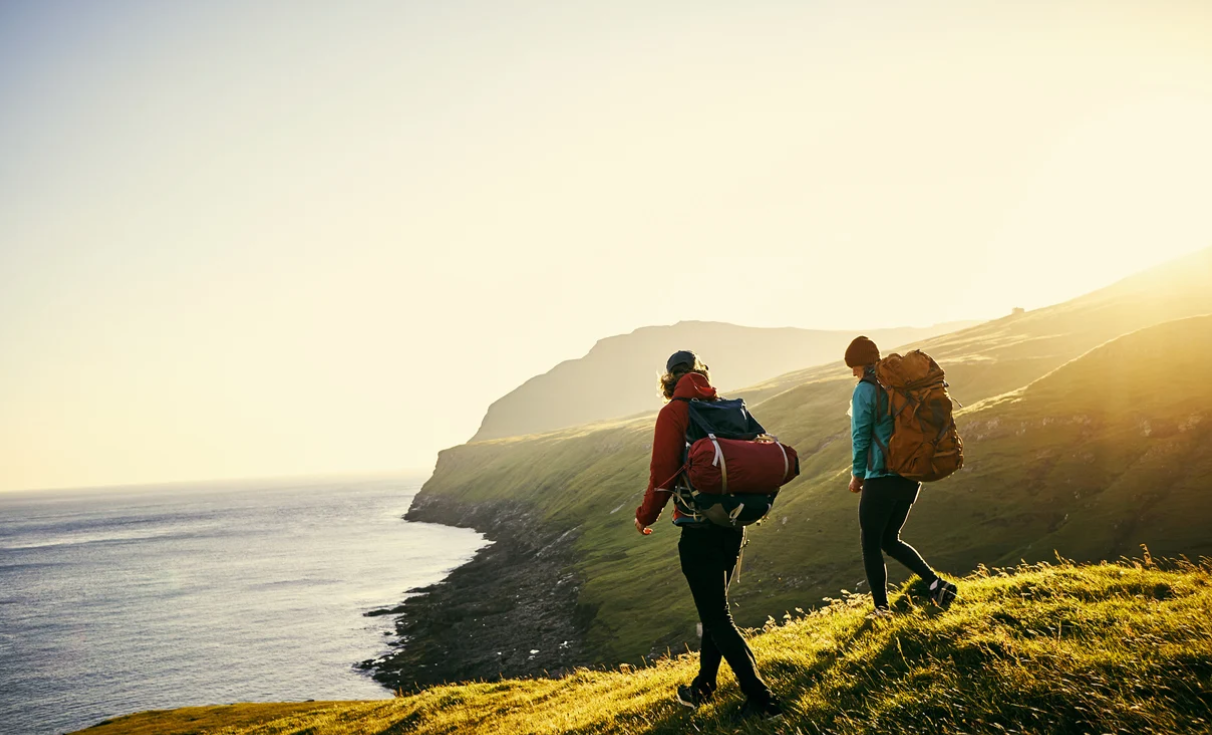Hiking is a way to free your mind while giving your body a great workout! Whether discovering hidden trails for the first time or using this activity to boost mindfulness and mental health, if you’re a hiking novice, you must prepare for the call of the wild adventure.
Choosing the correct trails, packing the correct gear, and ensuring you have enough fuel to complete your hike are significant parts of the course.
Here is your beginner’s guide to your hiking adventure.
1. Sign up to a Subscription Box
For adventure seekers looking for motivation, a hiking subscription box, such as those available at Battlbox, is a great idea. It’s also a fun way to gear up for your first hiking adventure.
Designed with outdoor enthusiasts in mind, when you sign up, you’ll receive a monthly supply of outdoor tools, survival gear, and adventure essentials. All of which will be delivered directly to your doorstep.
Irrespective of what your hiking adventure throws at you, this subscription box will ensure you’re well-equipped to step into the wild.
2. Choose Your Trail Wisely
If you’re a beginner, choose appropriate beginner trails. As you get to grips with hiking, you can move on to more intermediate or challenging trails. It’s a good idea to research local trails and hiking spots before setting off. If you live close to national parks, these are good starting points, as they are renowned for their beginner-friendly paths, all of which are well-marked.
When picking a trail, consider factors including distance, difficulty, and elevation. Choosing the right trail will ensure an enjoyable first hike. If hiking to lose weight, tone up, and improve stamina, variety is key to a successful workout.
3. Boost Endurance
If you plan to take up hiking as a regular activity, choosing different trail experiences will maximize results. Hiking short, steep trails will tone muscles. Flat, long trails will build stamina and endurance. Both will help you to strengthen your cardiovascular and respiratory systems.
Trails above 4,000 feet are great for endurance training. Your body has to adapt to using less oxygen. In a study published in the “Journal of Applied Physiology,” researchers found that male endurance runners exercising at high altitudes twice a week for six weeks took 35 percent longer to fatigue than runners who worked out at sea level over the same period.
This same principle applies to hiking. If you choose routes that boast high elevations, your body will learn to adapt, thus function with less oxygen. Not quite ready for this challenge? Opt for lower-elevation trails instead.
4. Gear Up Smartly
The right gear can make all the difference to your enjoyment when hiking. Moisture-wicking clothing, bug spray, a water bottle that is easy to carry, and a backpack are all classed as hiking essentials. Another must-have? A map or reliable GPS device.
Yet perhaps the most crucial piece of equipment? Good hiking boots. Your footwear must fit well. Hiking books should also provide traction on various surfaces, including muddy, powder dry, and everything in between. Poorly fitting will result in painful blisters and an unenjoyable hike.
If you’re just starting, a pair of heavy-duty runners will work just as well as hiking boots.
5. Fuel Up
When hiking, it’s essential to stay energized; if your intake of water or fuel is inadequate, your performance will suffer. Pack a few energy-boosting snacks in your backpack. Look at nutritious granola bars, trail mixes, gels, and fresh fruits. All are great options. The recommended calorie intake when hiking is between 300 and 500 calories per hour. This is only on a strenuous hike and can be between 150 and 200 for a more leisurely hike.
Additionally, and most importantly, take plenty of water with you. Certain trails have refueling stations, but you don’t want to get caught out. Hydration is crucial! You should hydrate before and frequently while on the trail. You should continue to rehydrate post-hike, too.
6. Embrace Nature’s Rhythm
Don’t rush your hike. Savor the journey and take your time to embrace your surroundings. Hiking isn’t a race, although if you’ve spent a busy week in the office, it can be hard to shift this mindset.
Make yourself pause now and then and appreciate the fresh air, rustling leaves, panoramic views, and babbling brooks. It’s not just about reaching your goal destination; it’s about the experience!
7. Stay Safe
Before setting off, inform a friend or family member of your hiking plans, especially if going solo. Other top tips? Always carry a basic first aid kit, check the forecast before beginning your hike, and take items that will cover your back if the weather does change.
8. Respect ‘The Leave No Trace’ Principles
Nature is a beautiful thing, which is why it’s important it stays that way! Sticking to the ‘Leave No Trace’ principles is basic hiking etiquette. Stay on designated trails, respect wildlife, and don’t litter!
The Bottom Line
Setting off on a hiking adventure, especially if your first, is a transformative experience. With the correct planning and perhaps a handy subscription box, you’ll find yourself well served to enter the wild.
Immersing yourself in the wonders of the great outdoors is good not only for our bodies but also for the soul and mind. A 2015 study from Stanford University found that time spent in nature calms the portion of the brain linked to mental illness and reduces your mind’s tendency toward negative thought patterns.
So, what are you waiting for? Lace-up those boots, breathe in the fresh air, and embrace the journey ahead!

